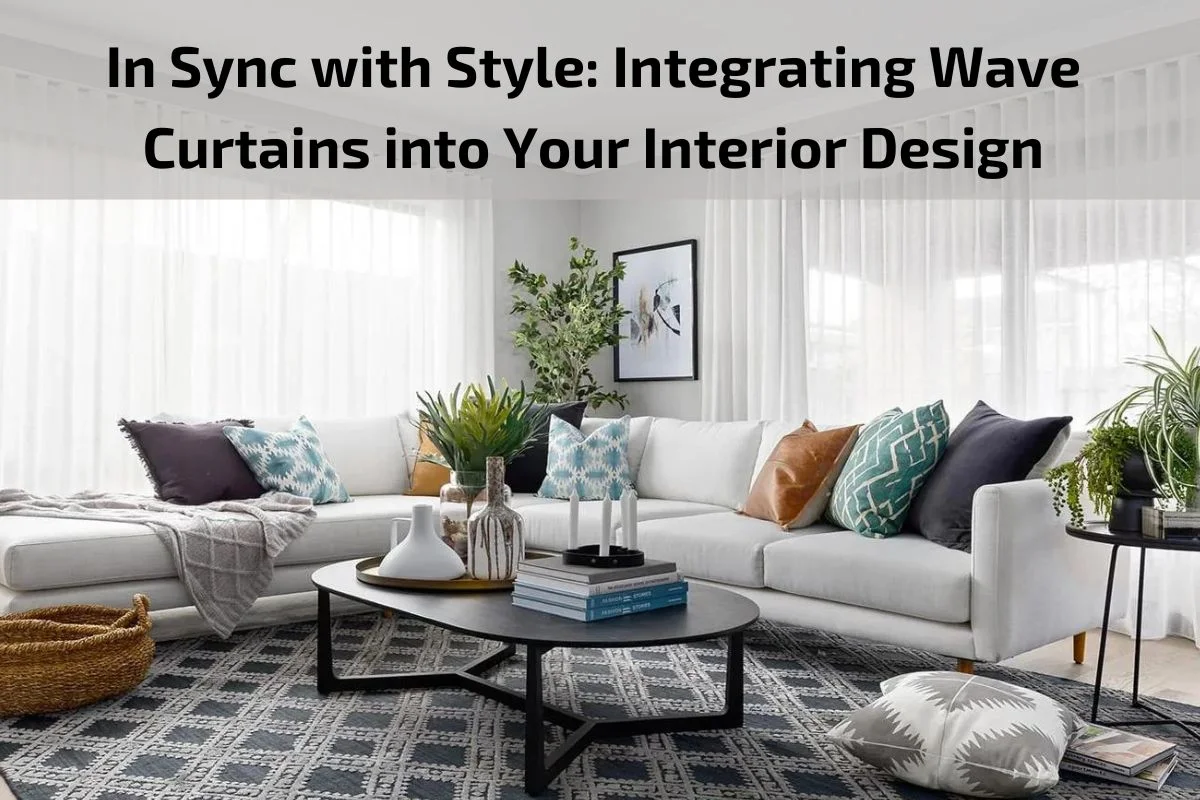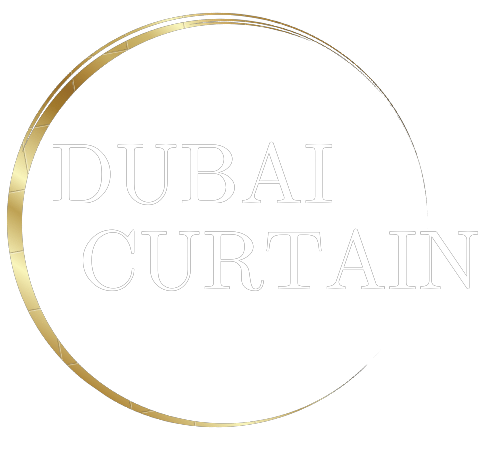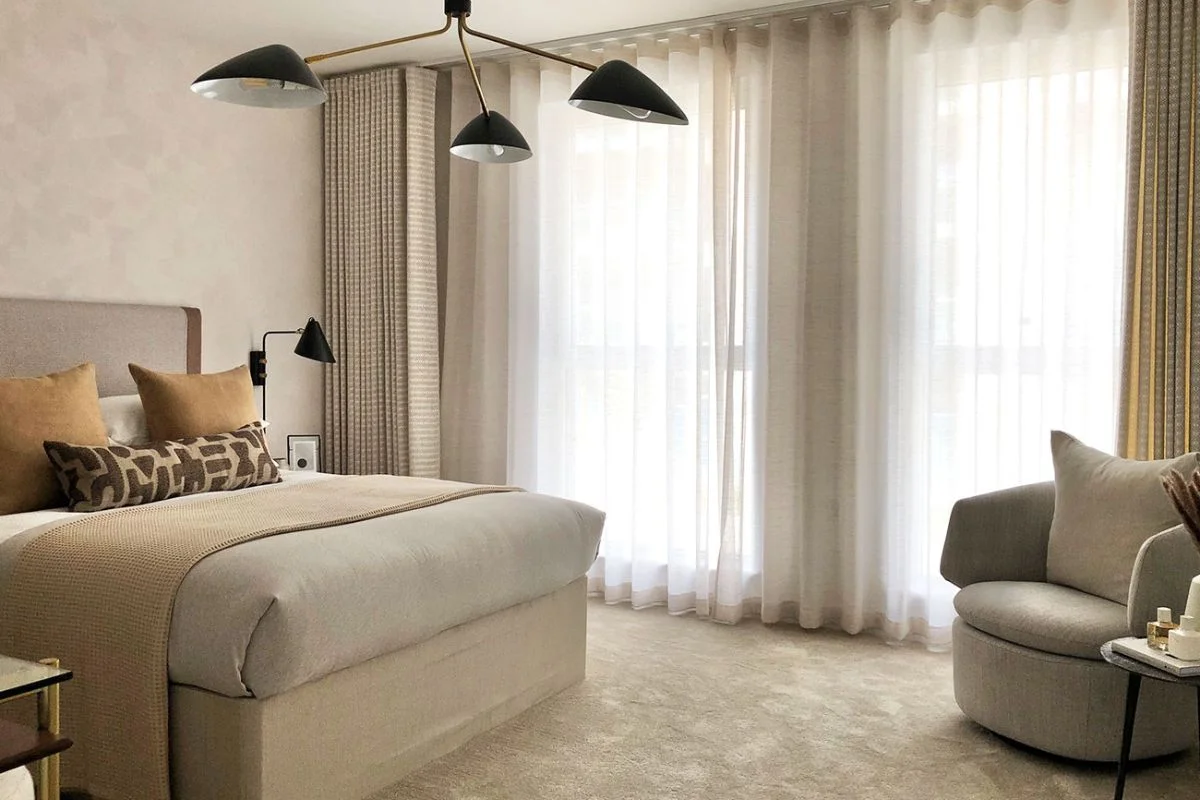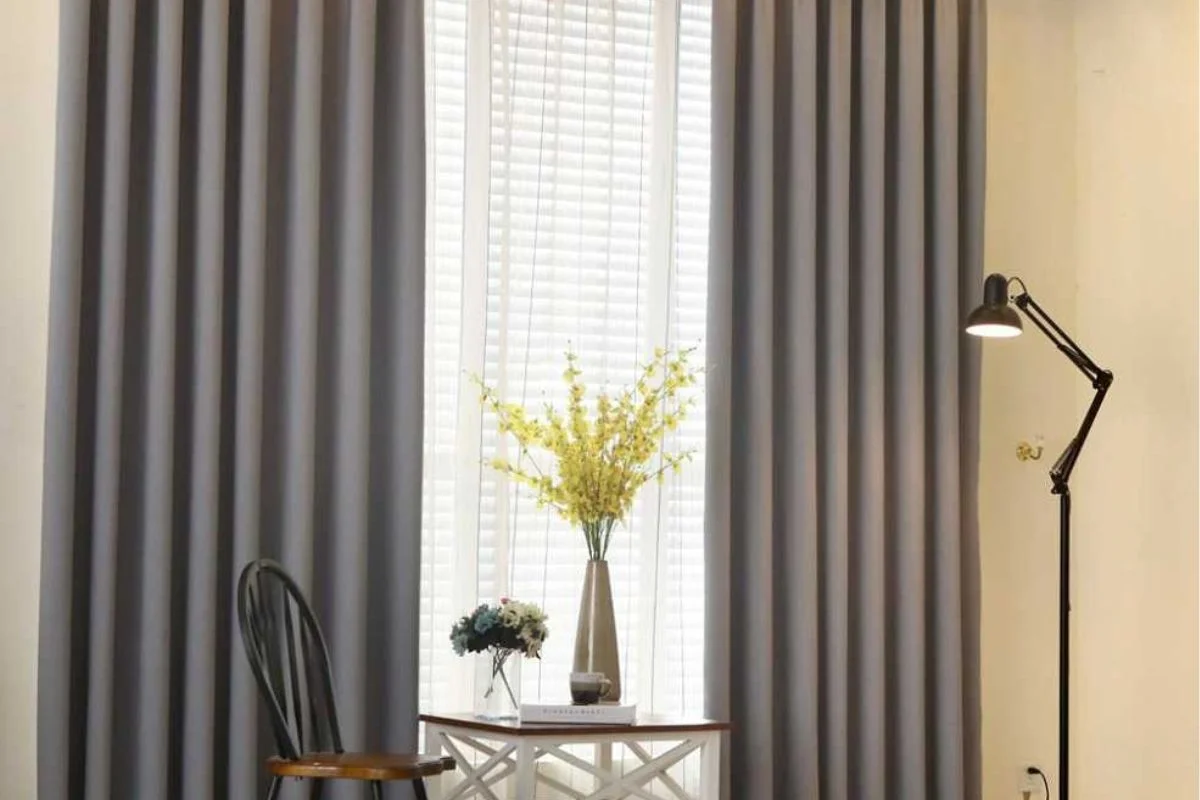In Sync with Style: Integrating Wave Curtains into Your Interior Design

In the realm of interior design, every element holds the power to elevate a space from ordinary to extraordinary. From furniture choices to color palettes, each decision contributes to the overall ambiance and aesthetic appeal. Among these choices, window treatments often serve as both functional necessities and stylistic accents, offering an opportunity to infuse personality and flair into a room. In recent years, one particular window treatment has been making waves – quite literally – in the design world: wave curtains. With their sleek, modern appearance and effortless functionality, wave curtains have emerged as a favored option for those seeking to marry form and function seamlessly. In this guide, we delve into the art of integrating wave curtains into your interior design, exploring their versatility, aesthetic impact, and practical considerations. Whether you’re embarking on a full-scale renovation or simply looking to refresh your space, join us as we explore the transformative potential of wave curtains and discover how they can sync effortlessly with your unique style vision.
Brief overview of wave curtains
Wave curtains, also known as ripple fold or wave fold curtains, are a contemporary style of window treatment characterized by their sleek and elegant appearance. Unlike traditional curtains that gather in folds when drawn open, wave curtains feature uniformly spaced waves or ripples that flow smoothly across the fabric. This unique design creates a modern and streamlined look, enhancing the overall aesthetic of any room. Wave curtains are often favored for their versatility, as they can be tailored to fit various window sizes and shapes, and they offer excellent light control and privacy. Additionally, their space-saving design makes them ideal for both residential and commercial spaces where a clean and sophisticated ambiance is desired
Importance of wave curtains in interior design
Wave curtains play a significant role in interior design by adding both aesthetic appeal and practical functionality to a space. Here are some key reasons why wave curtains are important in interior design:
Modern Elegance: Wave curtains bring a contemporary and sophisticated look to any room. Their sleek design and smooth, uniform waves create a sense of modernity and refinement, elevating the overall aesthetic appeal of the space.
Versatility: Wave curtains are highly versatile and can complement a wide range of interior design styles, from minimalist and modern to eclectic and traditional. Their clean lines and understated elegance make them suitable for various decor schemes, allowing homeowners to express their unique style preferences.
Space-Saving: Unlike traditional curtains that can appear bulky and take up space when opened, wave curtains have a streamlined design that neatly stacks to the side. This space-saving feature is especially beneficial in small rooms or areas where maximizing space is essential.
Light Control and Privacy: Wave curtains offer excellent light control options, allowing homeowners to adjust the amount of natural light entering a room according to their preferences. Additionally, when fully closed, wave curtains provide privacy without compromising on style, making them ideal for bedrooms, living rooms, and other intimate spaces.
Enhanced Ambiance: The subtle movement of wave curtains adds a dynamic element to a room, creating a sense of flow and movement. Whether gently swaying in the breeze or elegantly cascading across a window, wave curtains can enhance the ambiance of any space, making it feel more inviting and comfortable.
Definition and characteristics Wave Curtains
Wave curtains, also known as ripple fold curtains or wave fold curtains, are a contemporary type of window treatment characterized by their unique design and appearance. Unlike traditional curtains that gather in folds or pleats when opened or closed, wave curtains feature evenly spaced waves or ripples that run horizontally along the fabric.
The key characteristics of wave curtains include:
Sleek and Modern Look: Wave curtains have a sleek and modern aesthetic, characterized by clean lines and smooth, flowing waves. This contemporary design adds a touch of elegance and sophistication to any room.
Uniform Appearance: The waves of a wave curtain are evenly spaced and maintain a consistent size and shape across the fabric. This uniformity contributes to the overall polished look of the curtains.
Soft Drapery: Despite their modern appearance, wave curtains still offer a soft and luxurious drapery effect. The gentle waves create a sense of movement and fluidity, adding texture and visual interest to the window treatment.
Minimalist Design: Wave curtains often embody a minimalist design philosophy, focusing on simplicity and functionality. This minimalist approach makes them versatile and suitable for a wide range of interior design styles.
Effortless Operation: Wave curtains are designed to operate smoothly and effortlessly. They can be easily opened or closed with a simple pull, thanks to their unique track system and wave-like folds.
Advantages and Disadvantages of Wave Curtains
Advantages of Wave Curtains:
Modern Aesthetic: Wave curtains offer a sleek and contemporary look, enhancing the overall style and sophistication of any room.
Versatility: These curtains can complement various interior design styles, from minimalist to eclectic, making them suitable for a wide range of spaces.
Space-Saving: Wave curtains stack neatly to the side when opened, maximizing usable space in the room and allowing for unobstructed views through the window.
Uniform Appearance: The evenly spaced waves create a clean and uniform look across the fabric, adding a touch of elegance to the window treatment.
Easy Operation: Wave curtains operate smoothly and effortlessly, thanks to their unique track system and wave-like folds, making them convenient to use on a daily basis.
Disadvantages of Wave Curtains:
Limited Fabric Options: Finding the right fabric for wave curtains can be challenging, as not all materials are suitable for creating the desired wave effect. This limitation may restrict the choices available to homeowners.
Professional Installation Required: Installing wave curtains typically requires professional assistance to ensure proper fitting and operation, which can add to the overall cost of the window treatment.
Price: Wave curtains tend to be more expensive than traditional curtain styles due to their specialized design and installation requirements. This higher cost may deter some homeowners from choosing wave curtains for their windows.
Light Gaps: Depending on the installation method and fabric used, wave curtains may leave small gaps between the waves when closed, allowing some light to enter the room. This issue can be mitigated with proper installation and fabric selection but may still be a consideration for some.
Limited Insulation: Wave curtains may not offer as much insulation as thicker curtain styles, such as blackout curtains or thermal drapes, which can affect their ability to regulate temperature and energy efficiency in a room.
Integrating Wave Curtains into Your Interior Design
Integrating wave curtains into your interior design is a creative and rewarding process that can elevate the overall aesthetic of your space. Whether you’re aiming for a minimalist, contemporary, or eclectic look, wave curtains offer versatility and sophistication that can complement a wide range of design styles. Here are some tips for seamlessly incorporating wave curtains into your interior design:
Assess Your Space and Window Requirements: Before selecting wave curtains, carefully assess your space and window dimensions. Consider factors such as ceiling height, wall color, and existing decor elements to determine the most suitable curtain length, width, and style for your windows.
Choose the Right Fabric and Color: Wave curtains are available in a variety of fabrics, colors, and textures, allowing you to customize them to match your design preferences. Opt for fabrics that enhance the overall ambiance of your space and complement existing furnishings and decor elements.
Coordinate with Existing Decor: Ensure that your wave curtains harmonize with the existing decor elements in your space. Coordinate the curtain fabric and color with other textiles, such as upholstery, throw pillows, and rugs, to create a cohesive and unified look.
Consider Light Control and Privacy: Wave curtains offer excellent light control options, allowing you to adjust the amount of natural light entering your space. Consider your privacy needs and select curtain fabrics that provide the desired level of opacity while still allowing light to filter through.
Accessorize Thoughtfully: Enhance the visual impact of your wave curtains by accessorizing thoughtfully. Choose curtain hardware, such as rods and finials, that complement the curtain design and style. Additionally, consider adding decorative elements such as tiebacks, tassels, or valances to further enhance the aesthetic appeal of your curtains.
Experiment with Layering: For added depth and visual interest, consider layering your wave curtains with other window treatments, such as sheer curtains, blinds, or shades. This layering technique can create dimension and texture while providing additional light control and privacy options.
Maintain a Clean and Streamlined Look: To maintain the sleek and modern look of your wave curtains, ensure proper installation and maintenance. Keep the curtains clean and free of dust and debris, and periodically check the curtain tracks and hardware for any signs of wear or damage.
Maintenance and cleaning tips Wave Curtains
Maintaining and cleaning wave curtains is essential to preserve their appearance and functionality. Here are some tips to help you keep your wave curtains looking their best:
Regular Dusting: Dust your wave curtains regularly using a soft brush attachment on your vacuum cleaner or a feather duster. Gently run the brush or duster along the surface of the curtains to remove dust and debris.
Spot Cleaning: For minor stains or spills, spot clean the affected area immediately using a mild detergent or upholstery cleaner. Dab the stain gently with a clean cloth dampened with the cleaning solution, being careful not to rub or scrub the fabric.
Professional Cleaning: Periodically, have your wave curtains professionally cleaned to remove accumulated dirt, dust, and stains. Professional cleaners have the expertise and equipment to clean delicate fabrics without causing damage.
Avoid Washing: Avoid washing wave curtains in a washing machine, as this can damage the fabric and affect the curtain’s appearance. Most wave curtain fabrics are not designed to withstand machine washing and may shrink or lose their shape.
Steam Cleaning: Consider steam cleaning your wave curtains to remove stubborn stains or odors. Use a handheld steam cleaner or hire a professional steam cleaning service to safely and effectively clean the curtains without causing damage.
Test Cleaning Solutions: Before using any cleaning solution or detergent on your wave curtains, test it on a small, inconspicuous area of the fabric to ensure that it does not cause discoloration or damage.
Protect from Sunlight: Protect your wave curtains from prolonged exposure to direct sunlight, as this can cause fading and deterioration of the fabric over time. Consider using a window film or UV-blocking curtains to minimize sun damage.
Regular Maintenance Checks: Periodically inspect your wave curtains for any signs of wear, damage, or loose threads. Repair any loose stitches or seams promptly to prevent further damage and ensure the longevity of your curtains.
Conclusion
In conclusion, wave curtains offer a compelling combination of style, functionality, and versatility that make them a popular choice for modern interior design. With their sleek and contemporary aesthetic, uniform appearance, and space-saving design, wave curtains have the ability to transform any room into a sophisticated and inviting space.




